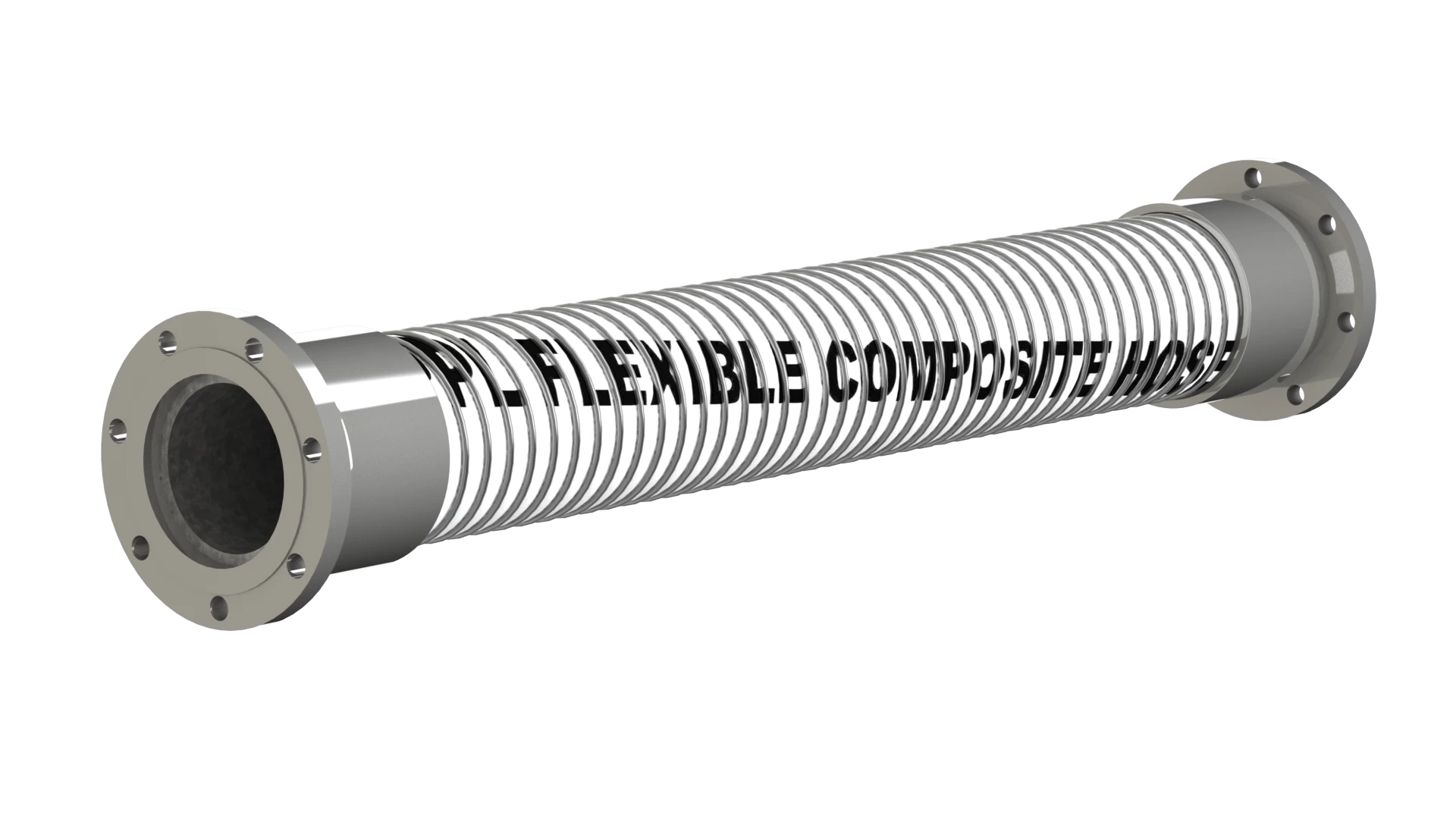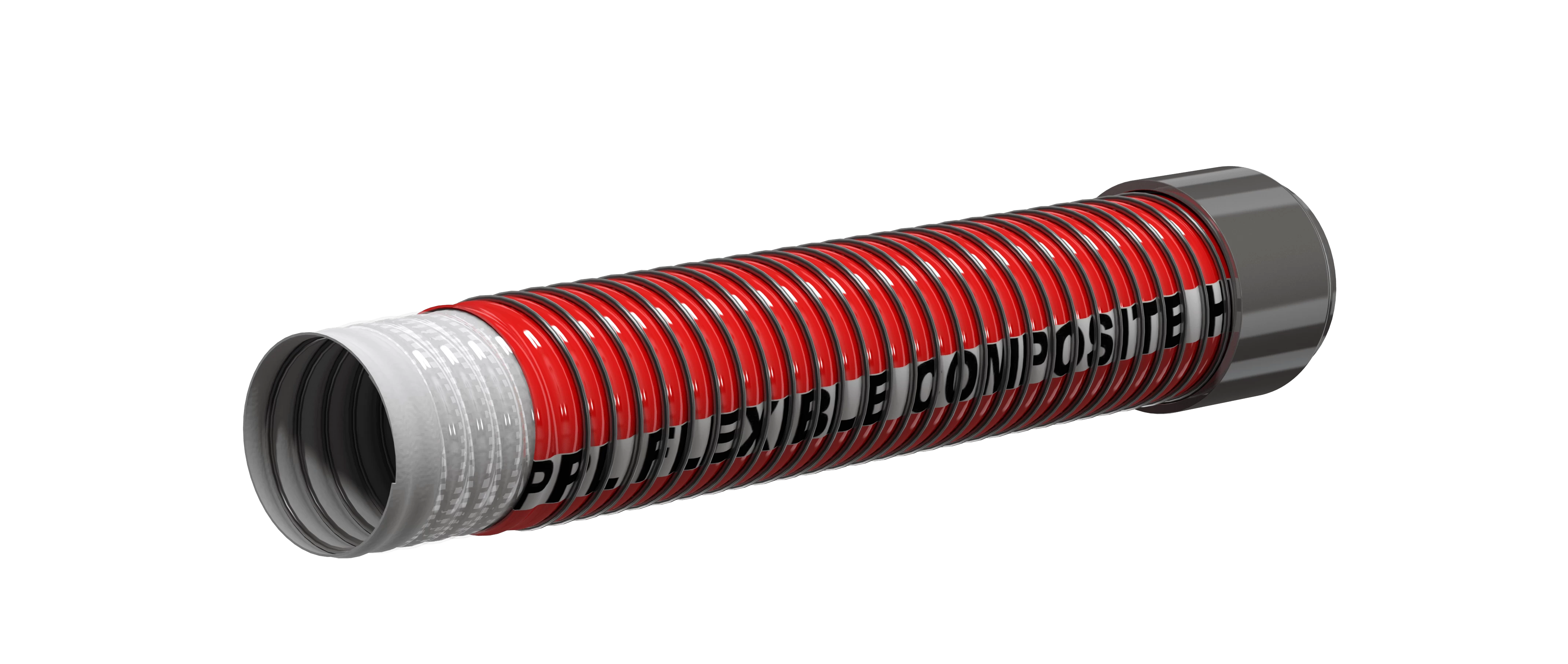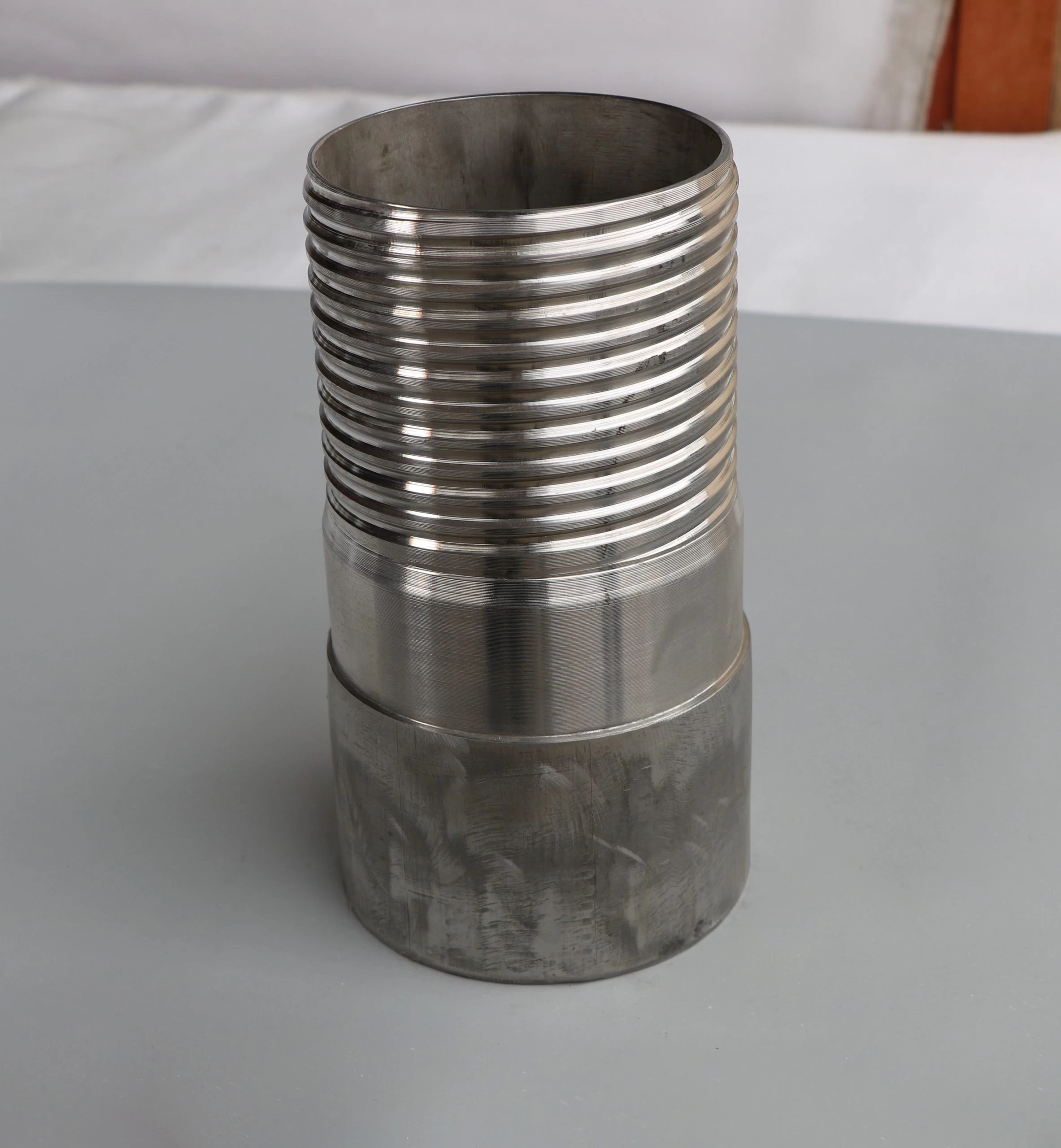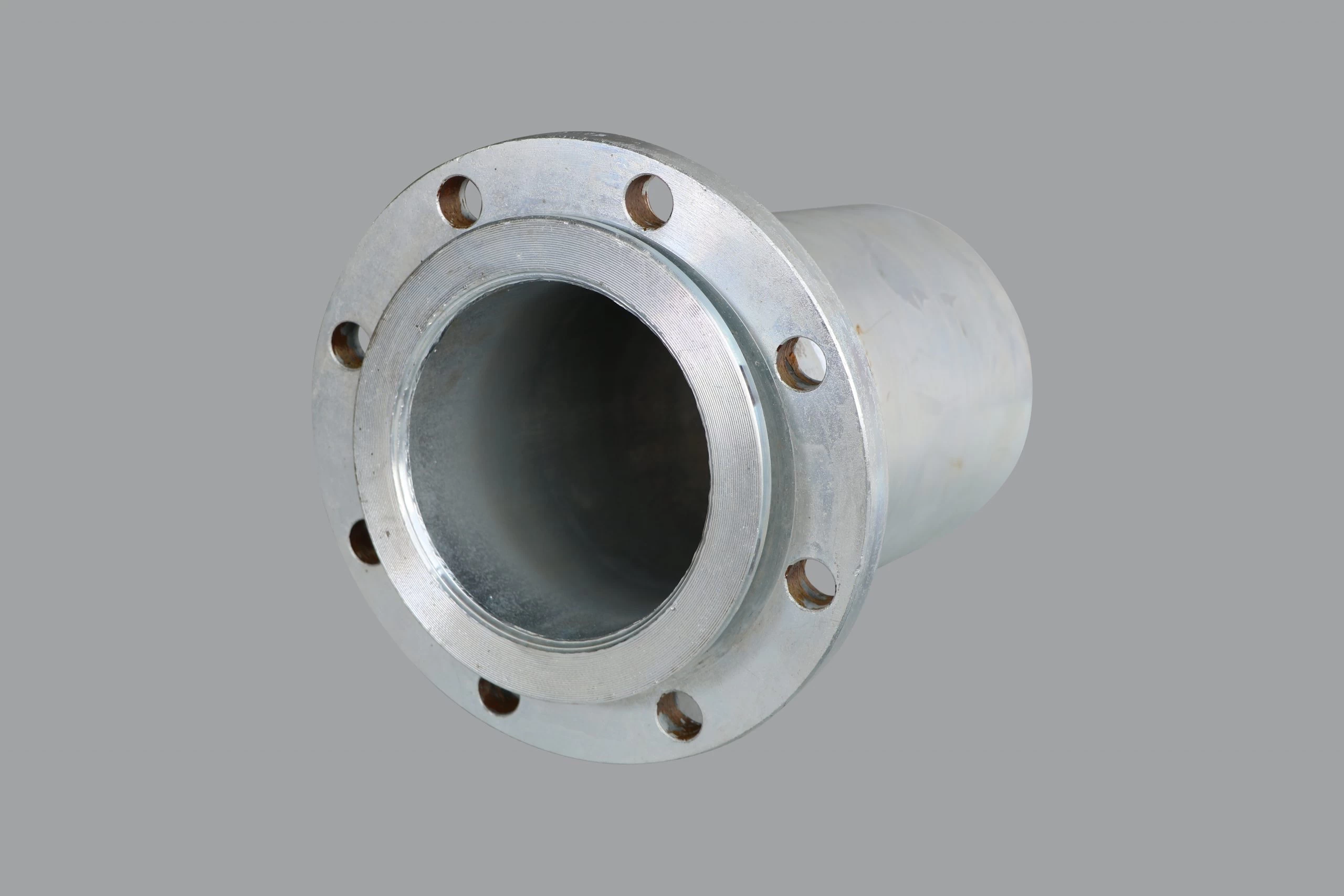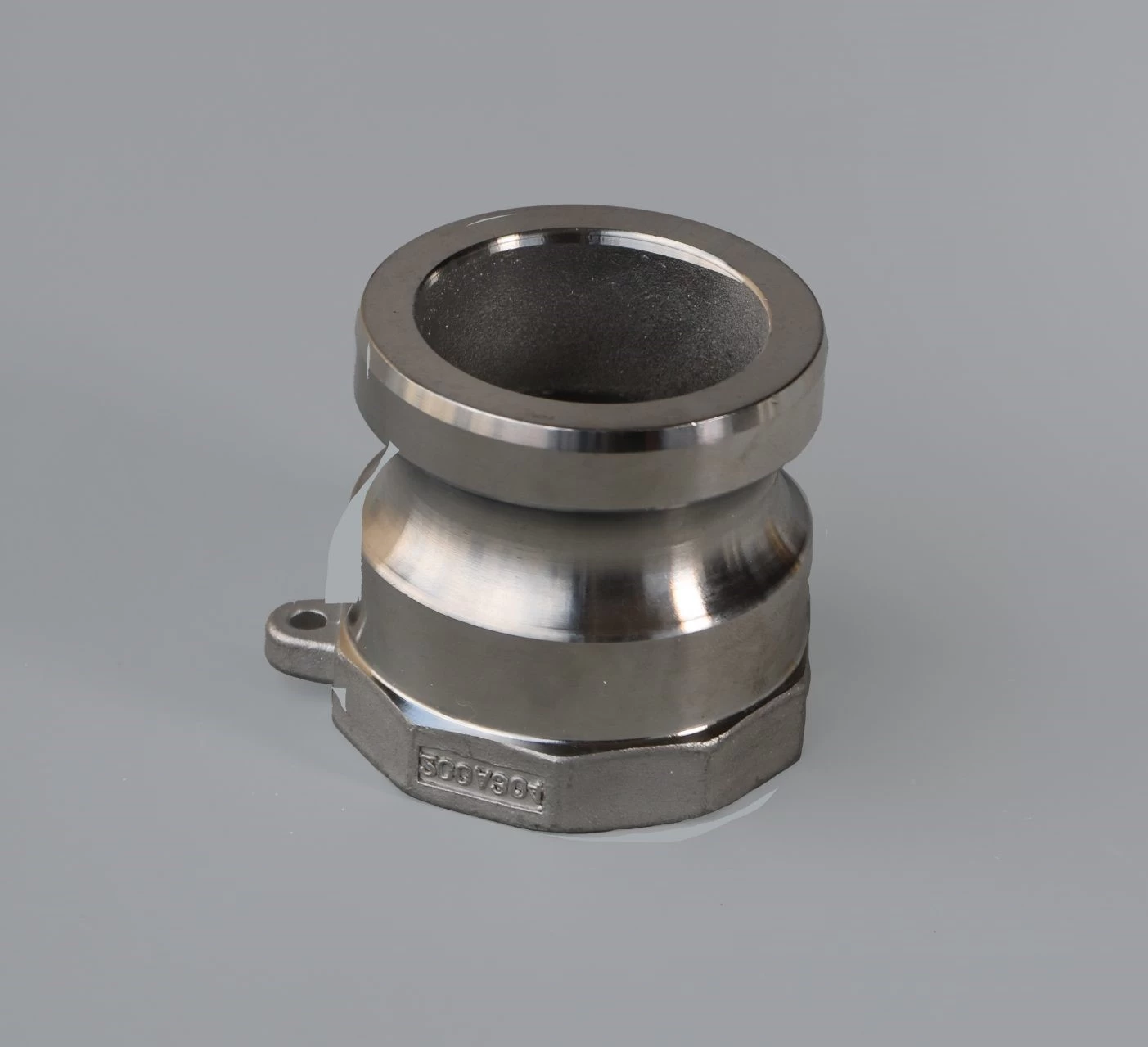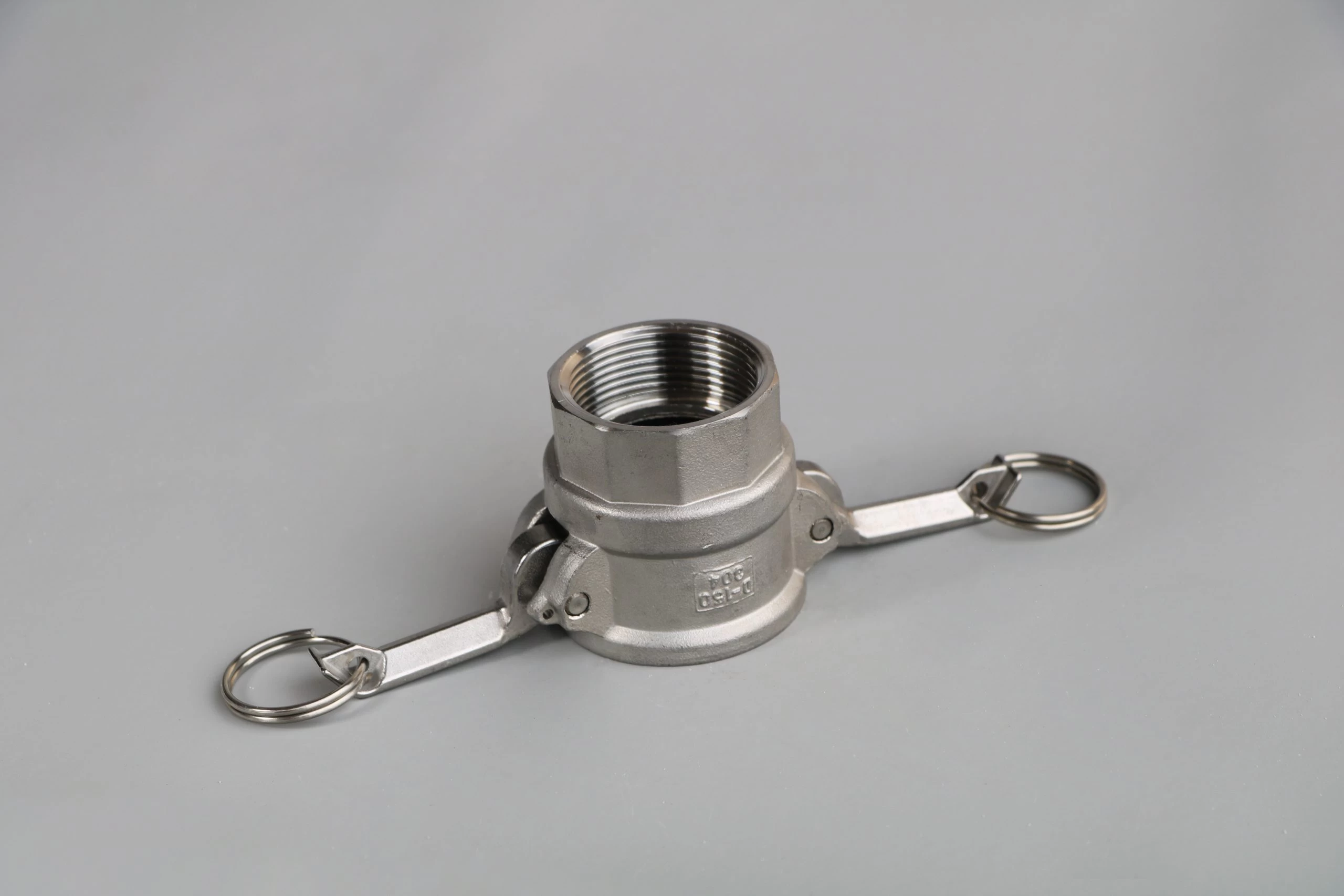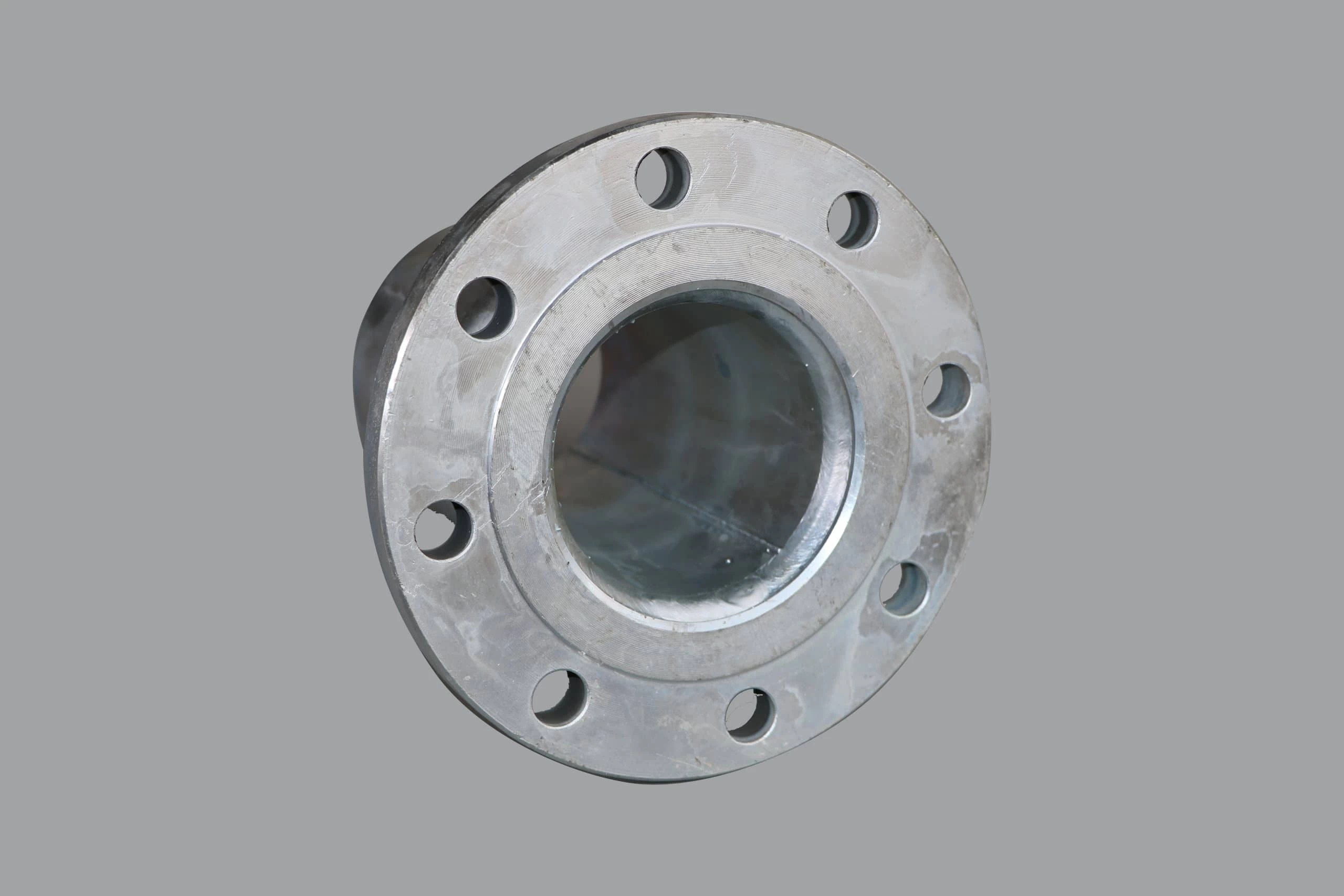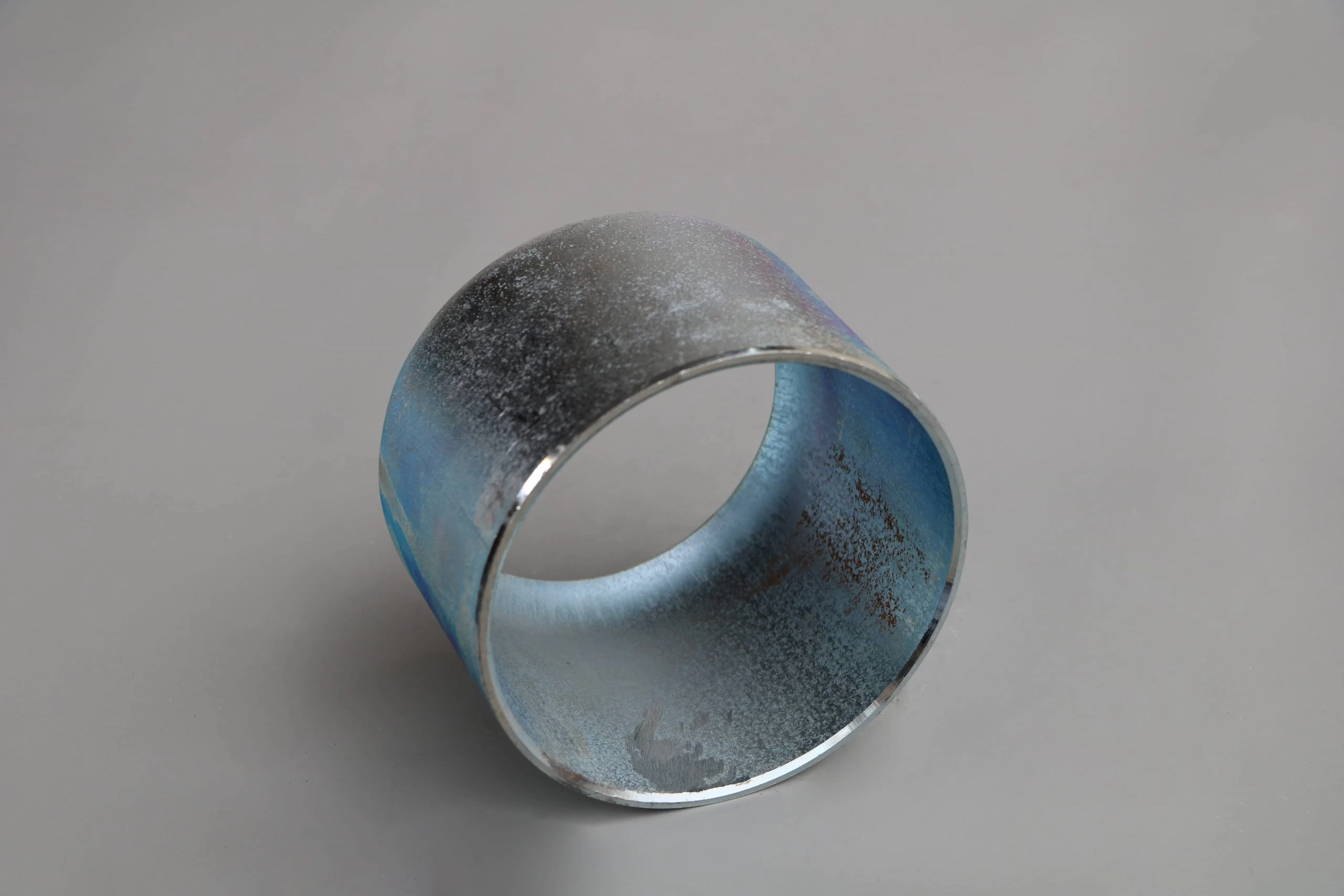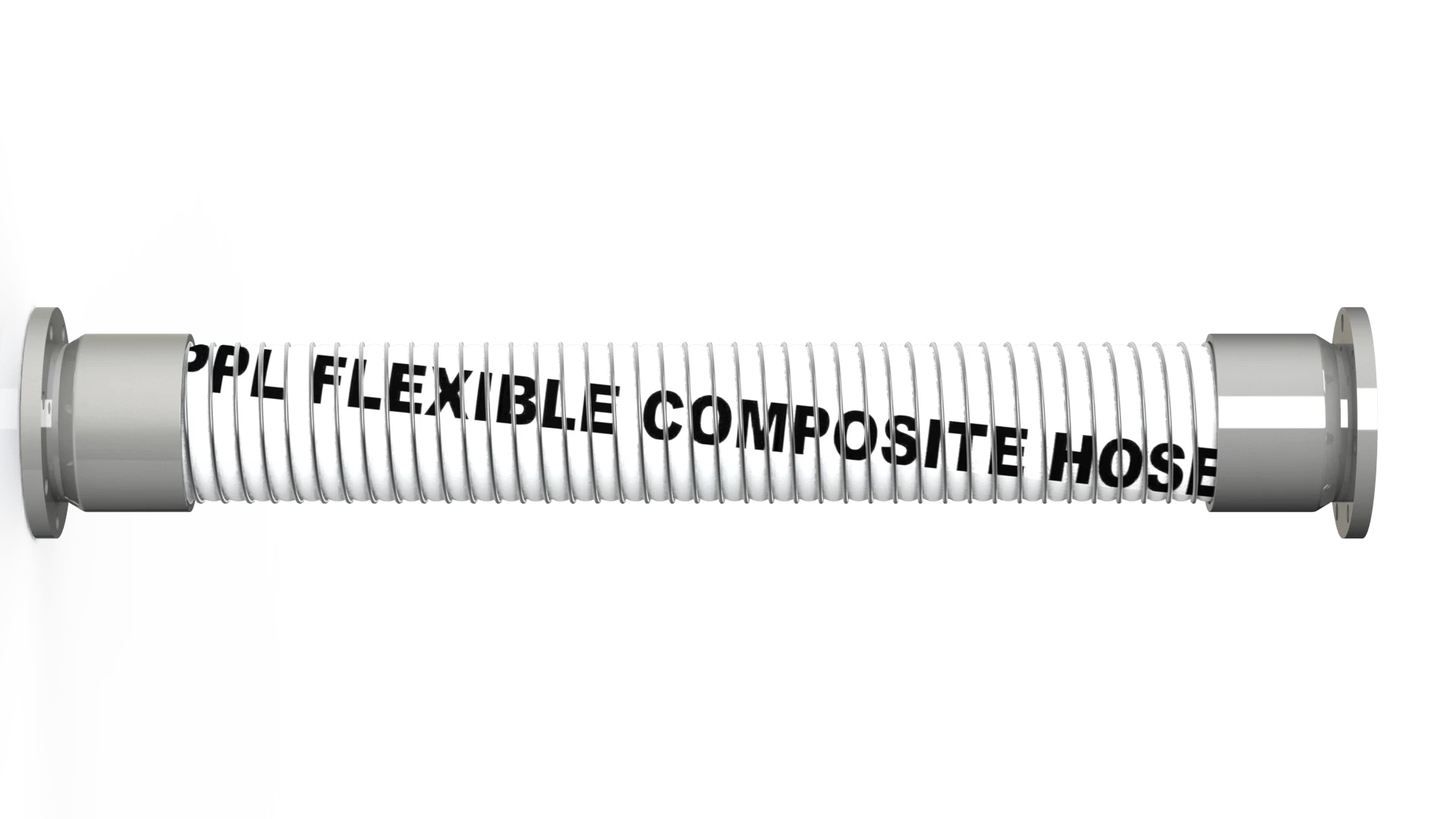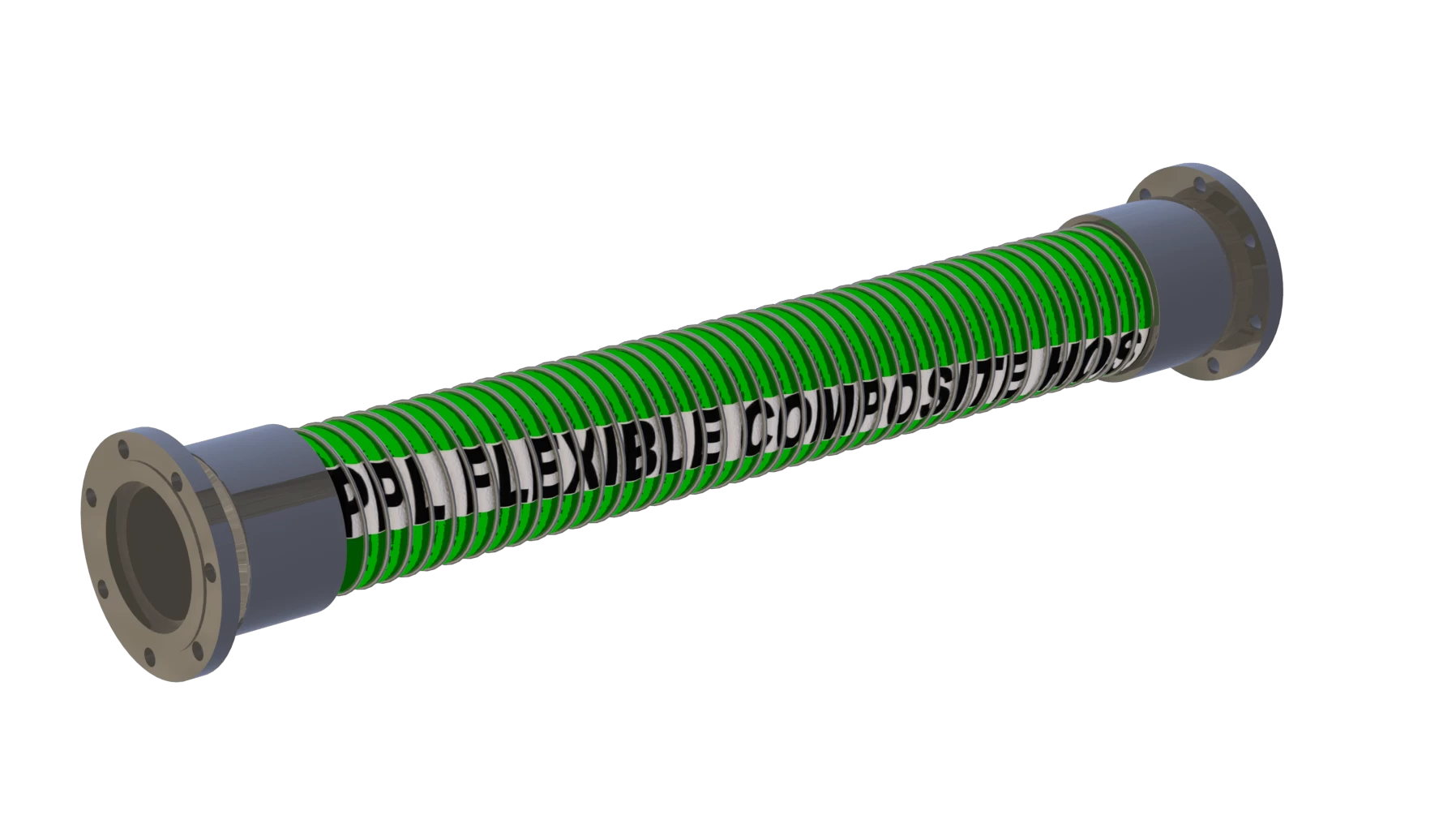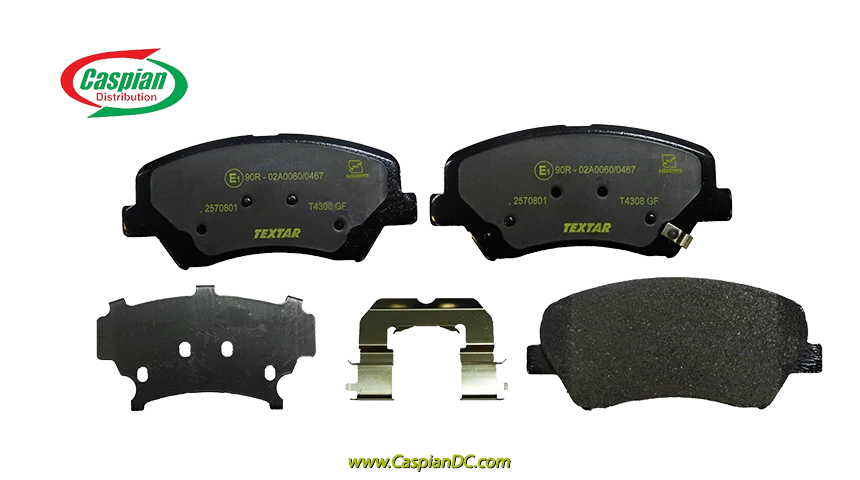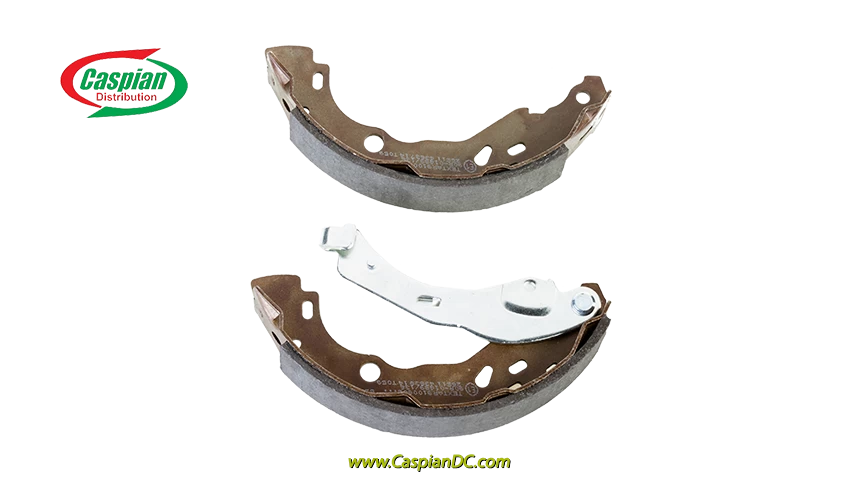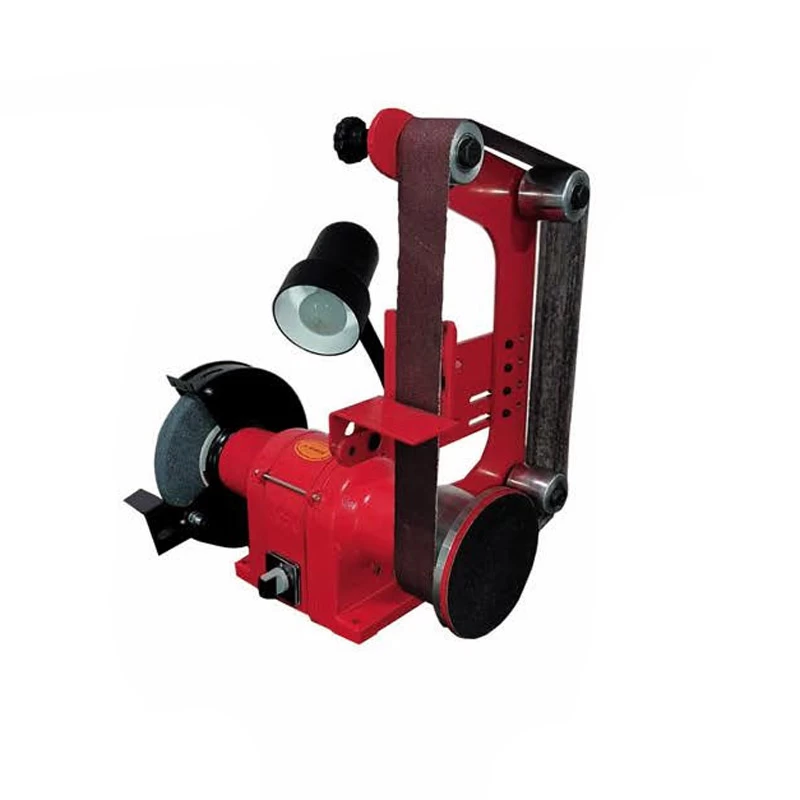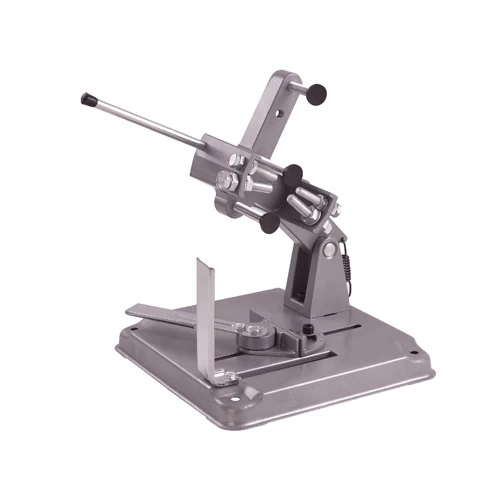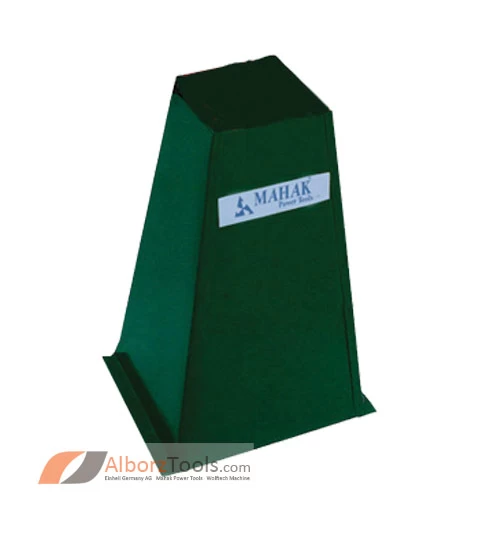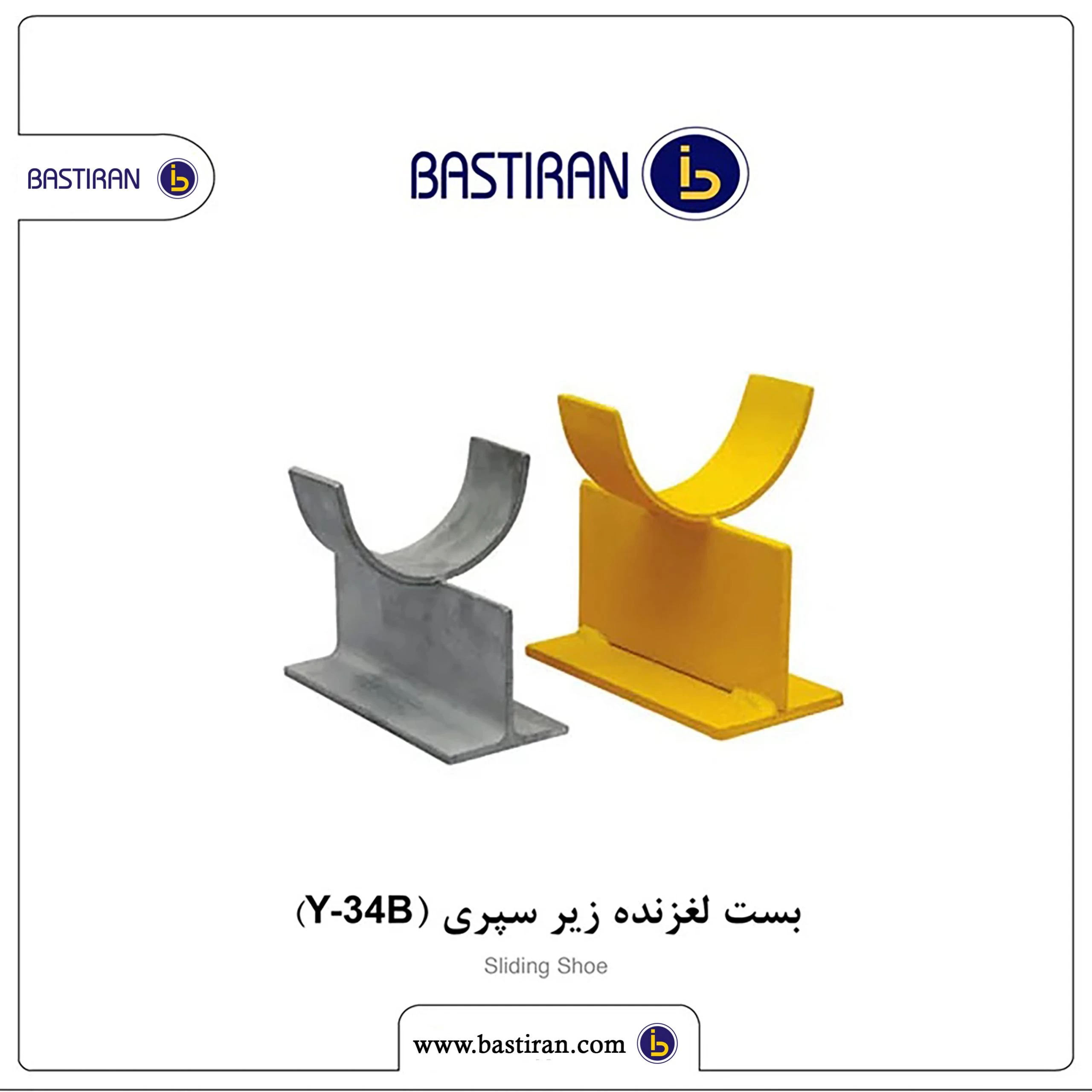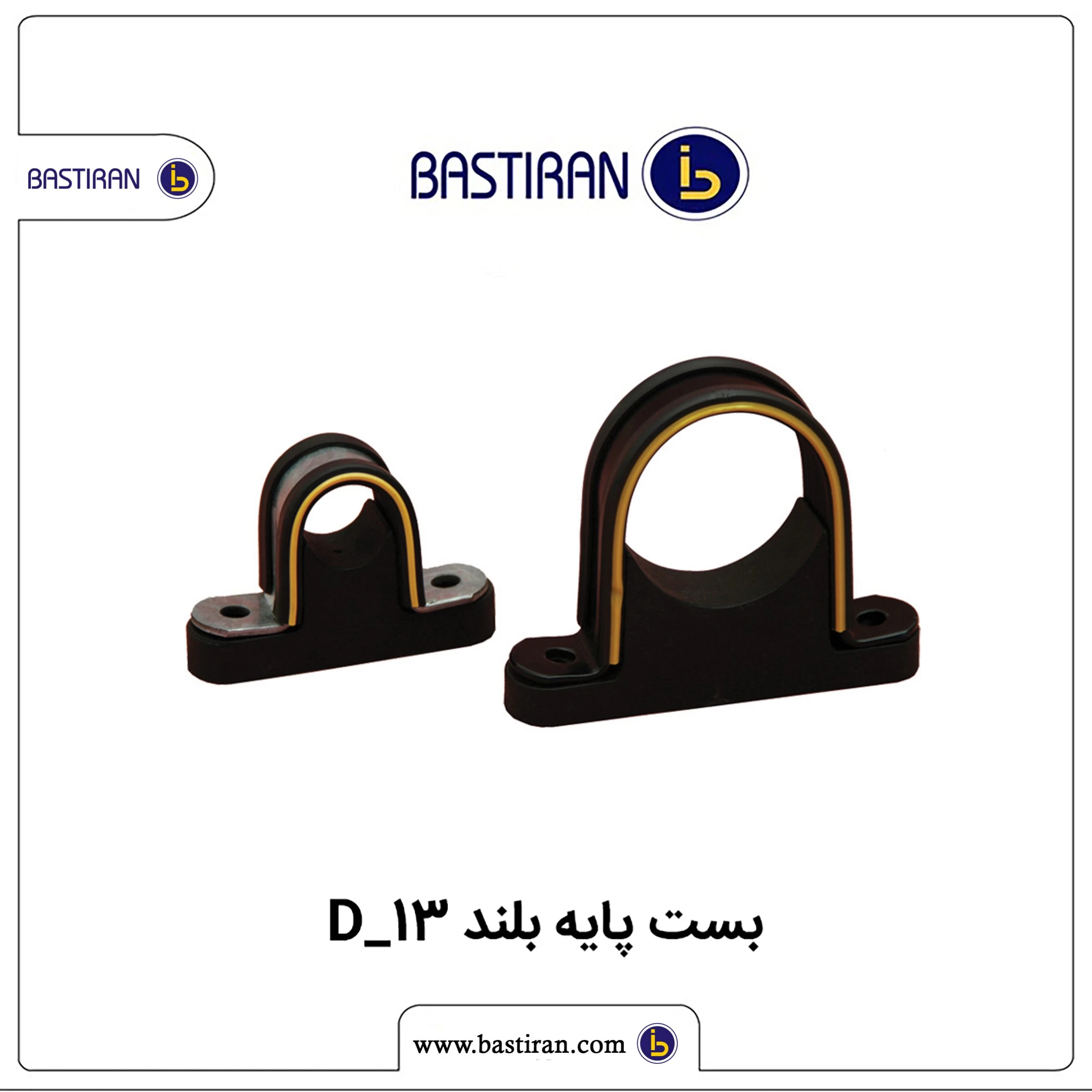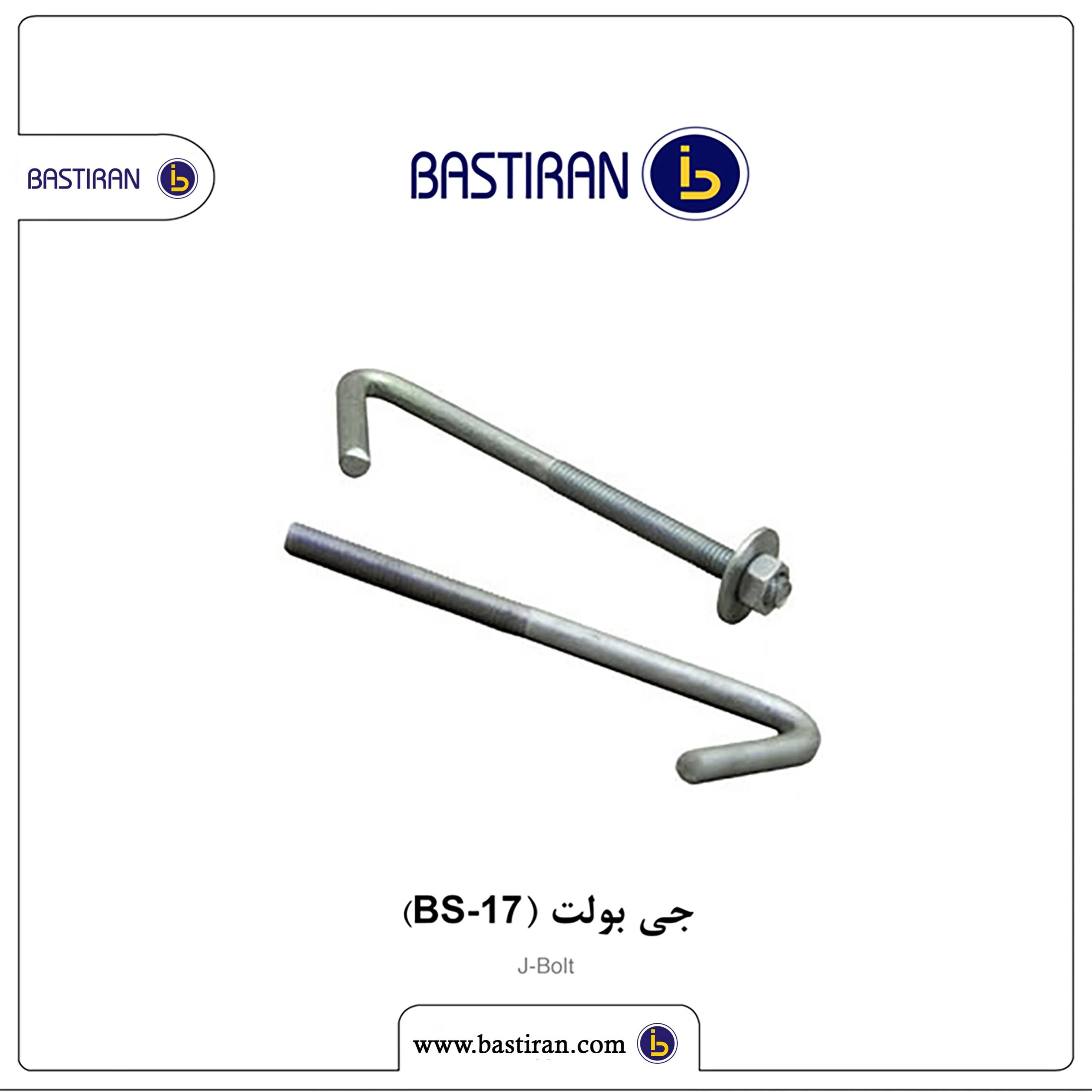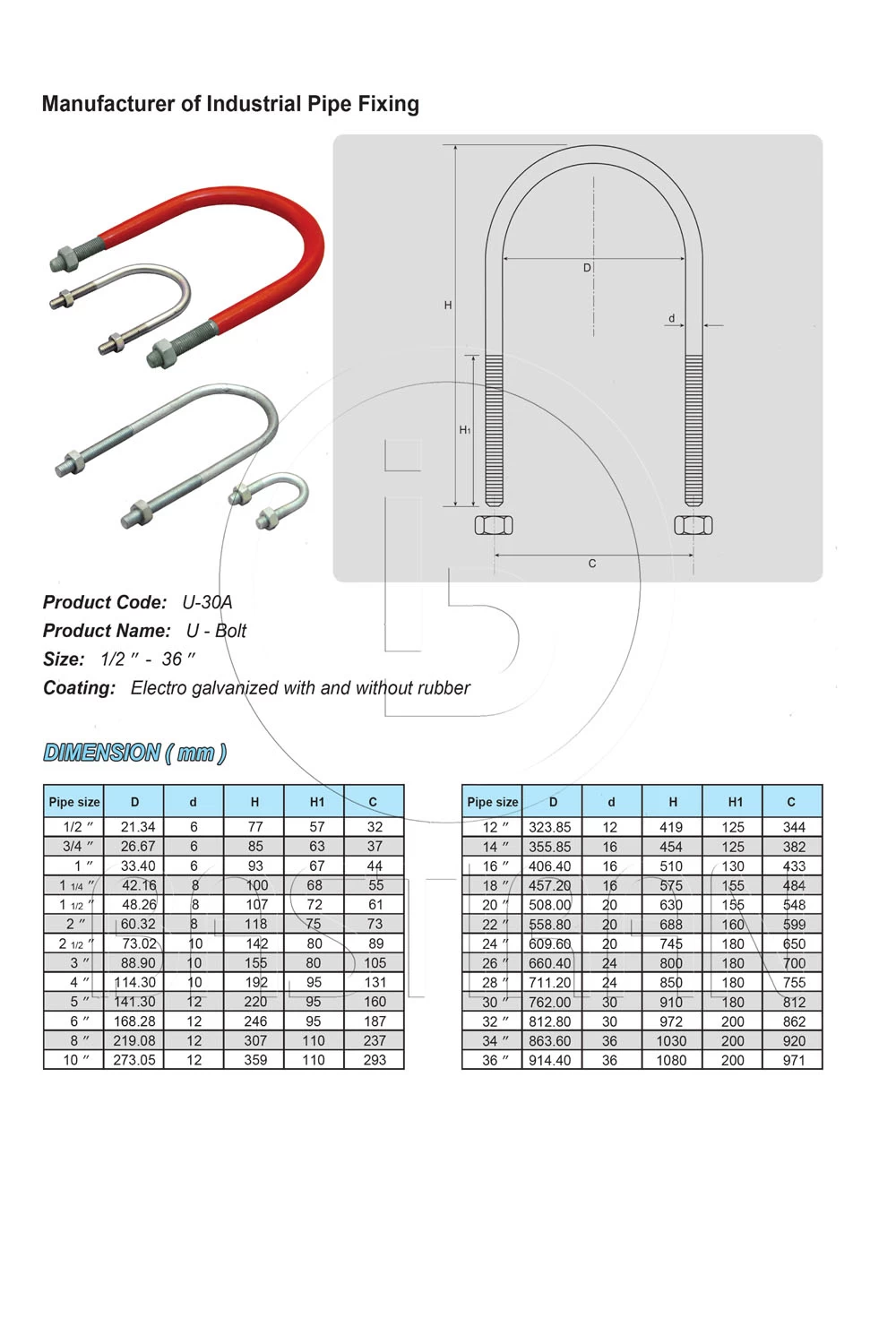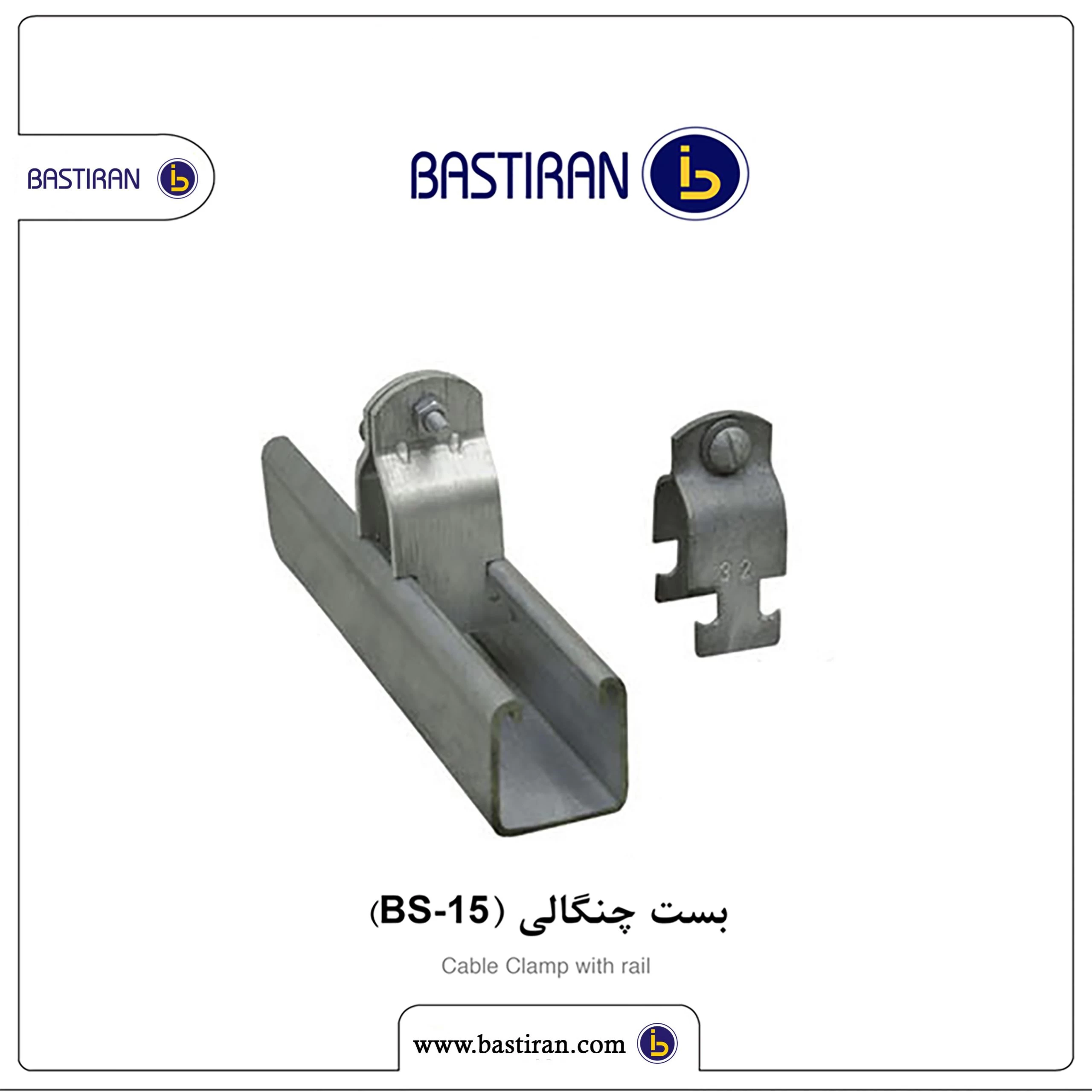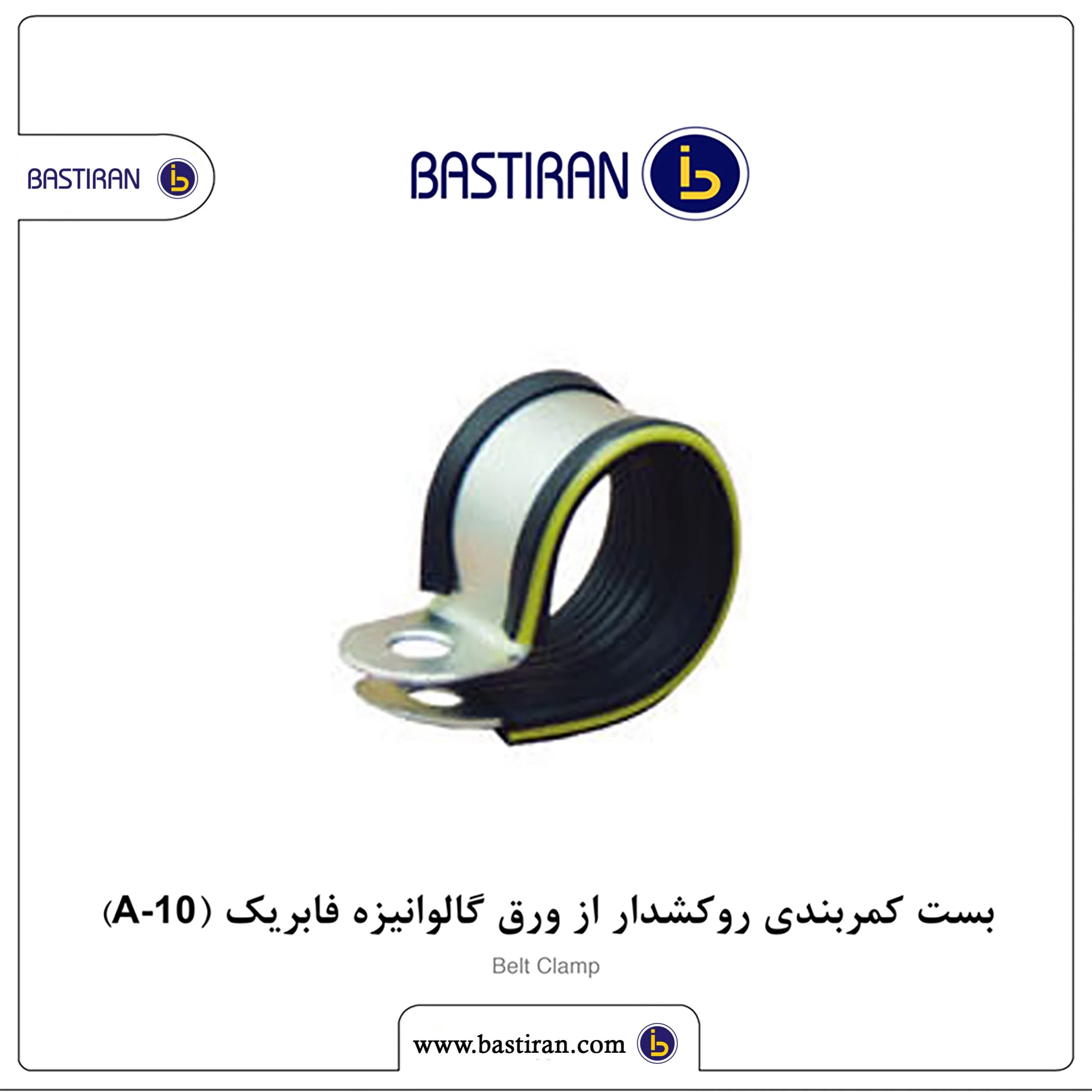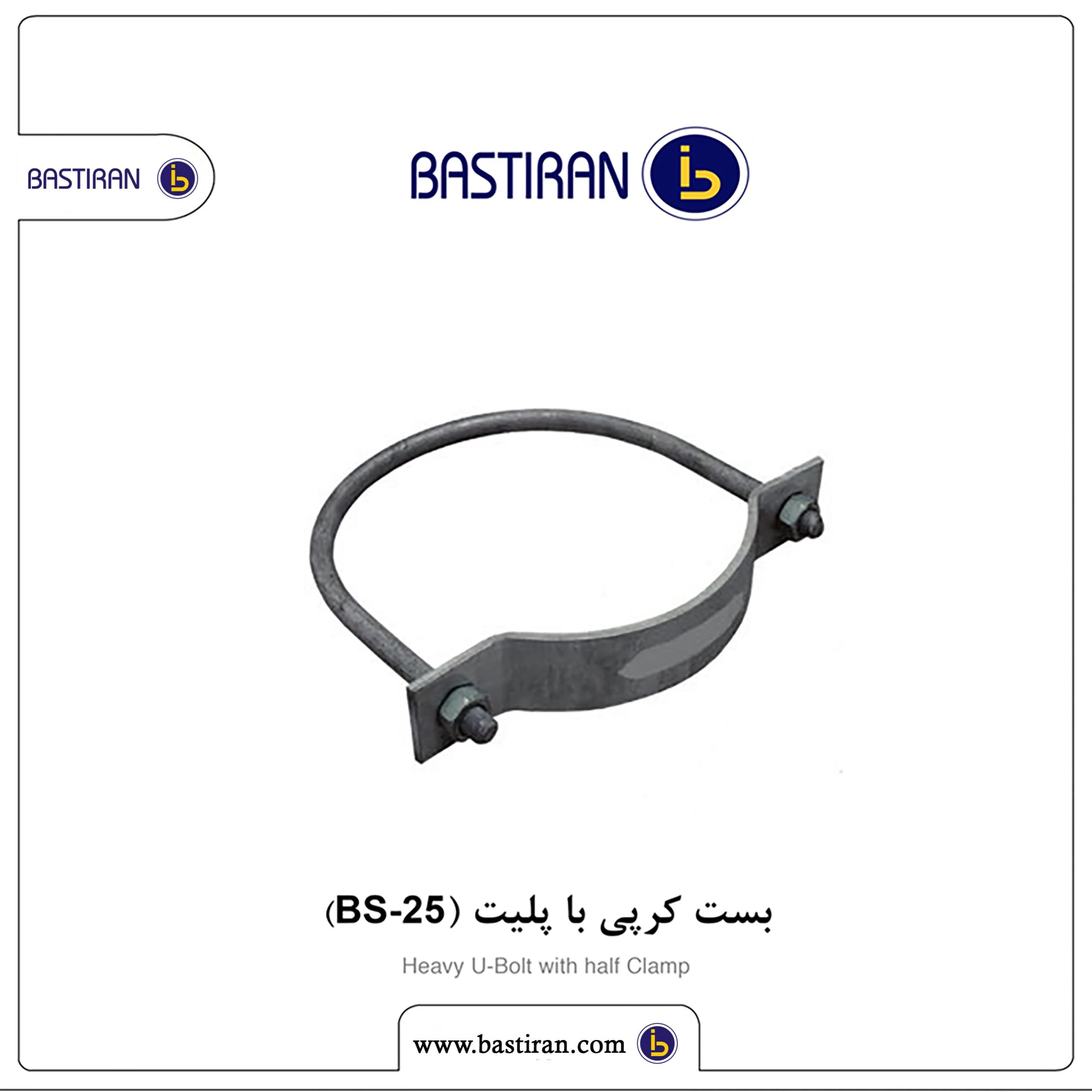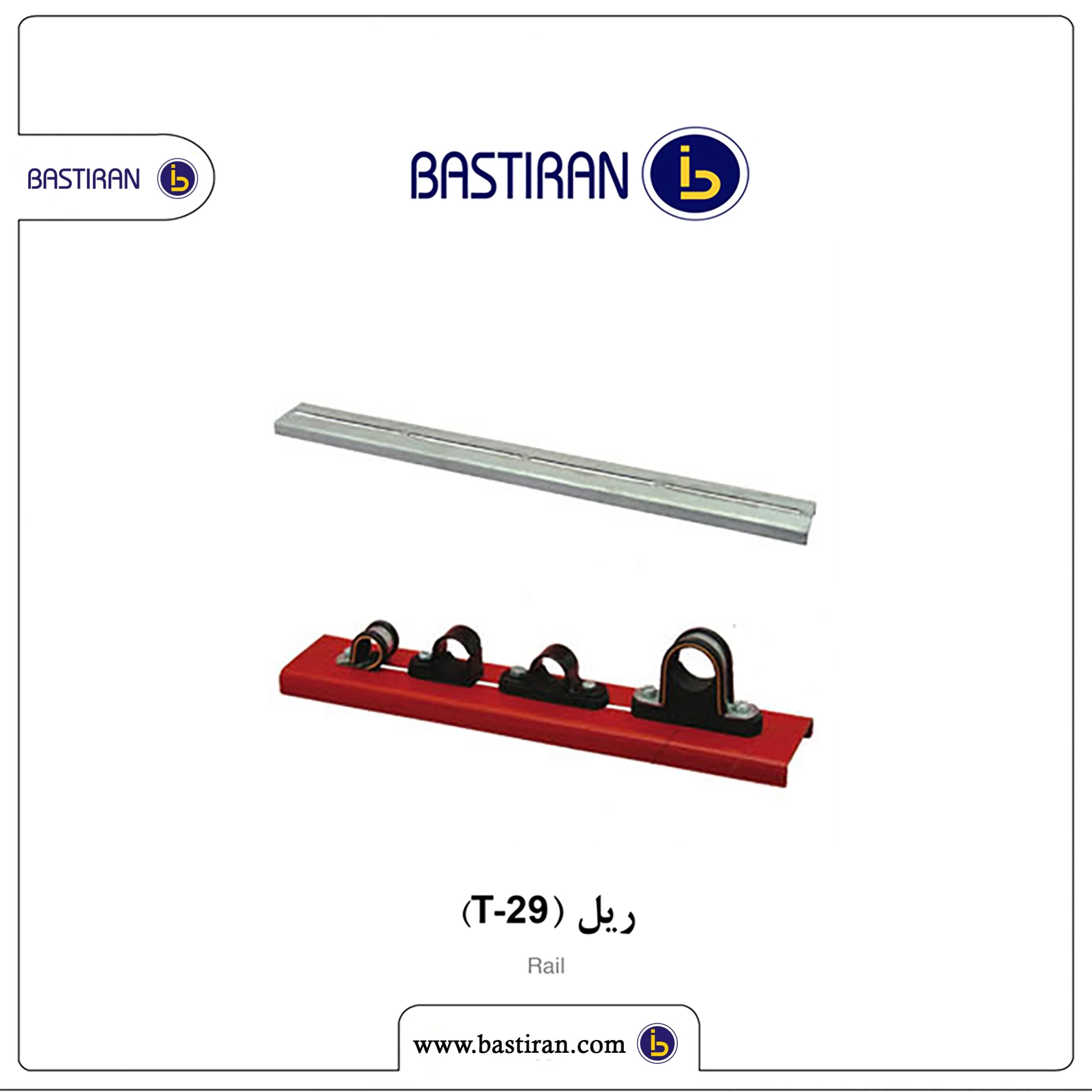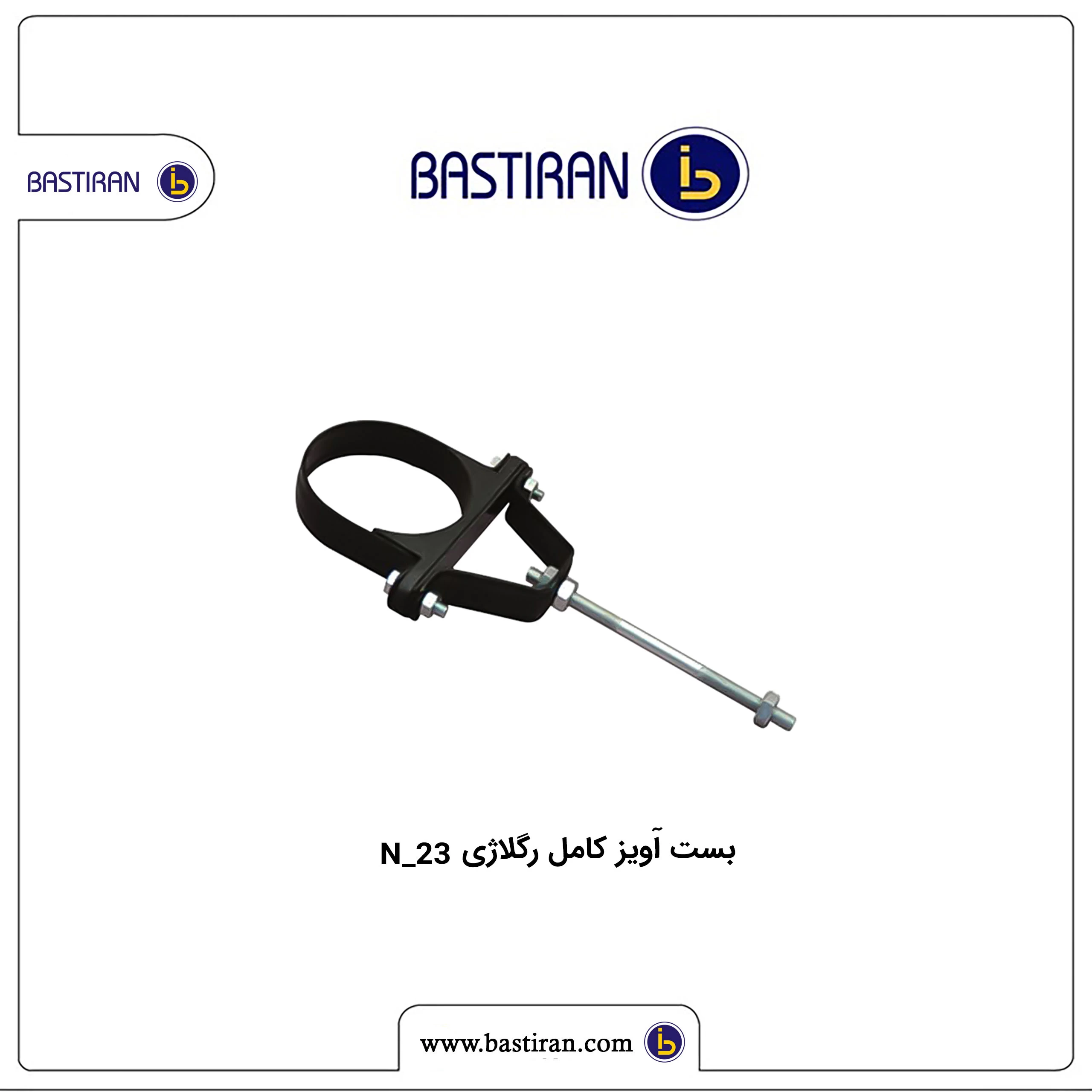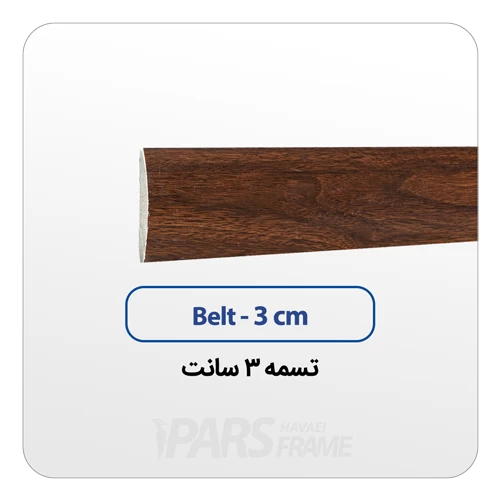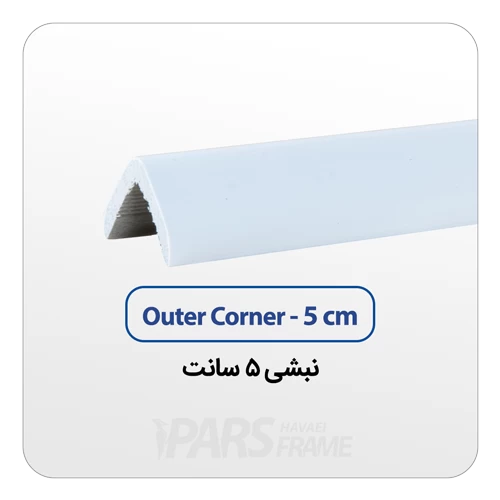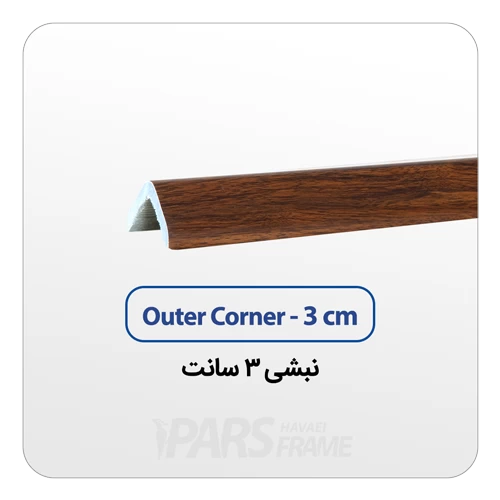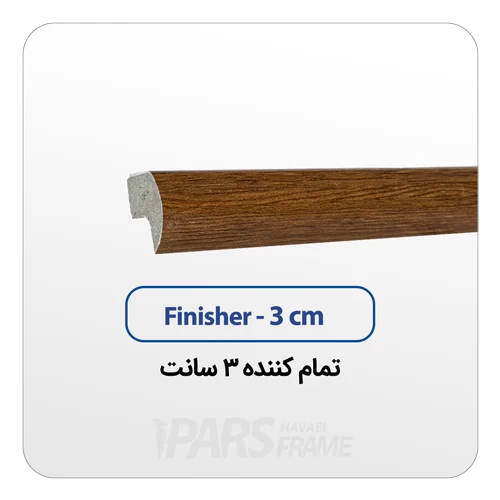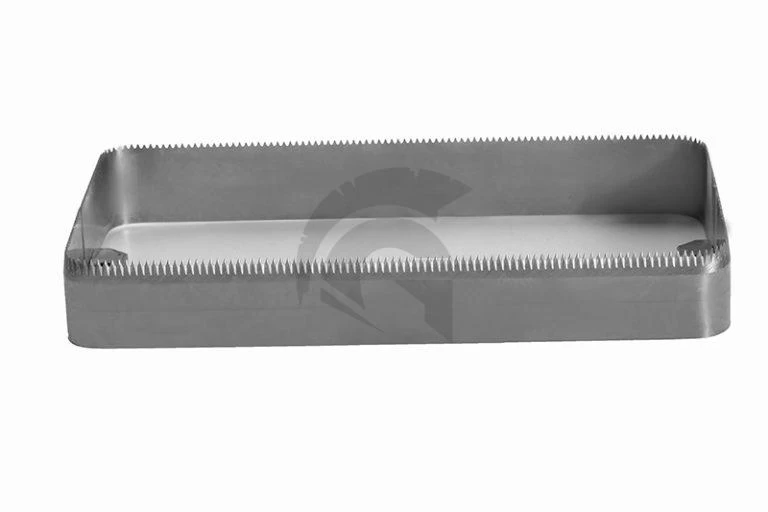Tools & Hardware
Tools and hardware encompass a wide range of equipment used for various tasks. This includes hand tools, power tools, and other devices designed to assist in construction, maintenance, repair, or any manual work. Examples of tools and hardware include hammers, screwdrivers, drills, saws, pliers, wrenches, and measuring devices.
Hand tools are manually operated tools designed for various tasks. Common hand tools include:
1. Screwdriver: Used for turning screws.
2. Hammer: Used for driving nails and general striking tasks.
3. Pliers: Used for gripping, bending, and cutting.
4. Wrenches: Used for turning nuts and bolts.
5. Tape Measure: Used for measuring lengths.
6. Utility Knife: Used for cutting various materials.
7. Chisels: Used for carving or cutting wood.
8. Handsaw: Used for cutting wood.
9. Level: Used for determining horizontal or vertical alignment.
10. Adjustable Wrench: A wrench with an adjustable jaw size.
These tools are essential for a variety of household and professional tasks.
Power tools are electric or battery-operated tools that use energy to perform various tasks. Some common types of power tools include:
1. Drill: Used for making holes in various materials.
2. Circular Saw: Used for cutting wood or other materials in a straight line.
3. Jigsaw: Ideal for making curved cuts in wood or other materials.
4. Power Screwdriver: An electric or battery-operated tool for driving screws.
5. Angle Grinder: Used for cutting, grinding, and polishing.
6. Electric Sander: Designed to smooth surfaces by abrasion with sandpaper.
7. Reciprocating Saw: Used for cutting through a variety of materials with a push and pull motion.
8. Power Router: Used for hollowing out an area in wood or creating decorative edges.
9. Impact Driver: Designed for fastening screws and bolts more efficiently than a regular drill.
10. Cordless Drill: A portable drill powered by rechargeable batteries.
_1710864473.jpg)
Power tools are versatile and can significantly speed up tasks in construction, woodworking, and various DIY projects.
Measuring devices are instruments used to quantify dimensions, distances, angles, or other physical properties. Common types include:
1. Tape Measure: Used for measuring lengths in a flexible strip of material.
2. Ruler: A straight-edge tool for measuring distances.
3. Caliper: Used for precise measurement of distances between two points.
4. Level: Ensures a surface is horizontal or vertical.
5. Protractor: Measures angles in degrees.
6. Measuring Tape: Similar to a tape measure, used for various measurements.
7. Micrometer: Offers highly accurate measurements of small distances.
8. Distance Measurer: Utilizes laser or ultrasonic technology to measure distances.
Choosing the right measuring device depends on the specific requirements of the task.
A hammer is a hand tool typically used for driving nails, fitting parts together, or breaking objects apart. It generally consists of a handle (often made of wood, metal, or fiberglass) and a weighted head. The head is usually made of metal and can have various shapes, such as a flat face for driving nails or a rounded face for shaping metal.
Hammers come in various sizes and types for different purposes. For example, a claw hammer has a flat face for driving nails and a curved "claw" on the opposite side for extracting nails. Ball peen hammers have a rounded face on one side and a ball-shaped end on the other, used for shaping metal.
Hammers are essential tools in construction, carpentry, and various other applications where driving or shaping materials is necessary.
A "tool part" generally refers to a component or piece of a tool. Tools are often composed of multiple parts, each serving a specific function to enable the tool to perform its intended task. For example
1. Handle: The part of the tool that you grip or hold.
2. Head: The weighted part that delivers the force or performs the main function.
3. Blade: In tools like knives or saws, it's the cutting edge.
4. Jaws: Found in tools like pliers or wrenches, used for gripping.
5. Bit: The cutting or driving part of tools like drills or screwdrivers.
6. Shaft: The long, straight part of tools like screwdrivers or chisels.
7. Guard: Protects the user from the working end of a tool, as seen in saws.
Understanding the different parts of a tool is crucial for proper use, maintenance, and safety.
A tool set is a collection of various tools packaged together, providing a convenient and comprehensive solution for different tasks.
Tool sets can vary widely in terms of the tools included and their intended use. Common types of tool sets include:
1. Basic Home Tool Set: Includes essential tools like a hammer, screwdrivers, pliers, wrenches, tape measure, and more, suitable for common household tasks.
2. Mechanic's Tool Set: Geared towards automotive and mechanical work, often containing sockets, wrenches, screwdrivers, and other tools needed for vehicle maintenance and repair.
3. Woodworking Tool Set: Tailored for woodworking tasks, featuring saws, chisels, planes, and other tools used in carpentry and woodcraft.
4. Electrical Tool Set: Designed for electrical work and may include wire strippers, pliers, voltage testers, and other tools needed for electrical installations.
5. Professional Tool Set: Comprehensive sets for professionals in specific trades, such as electricians, plumbers, or construction workers, typically containing a wide array of specialized tools.
Tool sets provide convenience and cost savings compared to purchasing individual tools. When choosing a tool set, consider the types of projects you'll be working on to ensure it meets your specific needs.
Basic home tools are essential implements commonly used for household tasks, repairs, and maintenance.
_1710864515.jpg)
These tools are fundamental for various DIY projects and addressing everyday needs around the house. Here's a list of basic home tools:
1. Screwdriver Set: Both flat-head and Phillips-head screwdrivers for different types of screws.
2. Hammer: For driving nails, installing hardware, or light demolition.
3. Adjustable Wrench: A versatile tool for tightening or loosening nuts and bolts.
4. Pliers: A set of pliers, including slip-joint pliers and needle-nose pliers, for gripping and manipulating objects.
5. Tape Measure: Essential for measuring distances accurately for various projects.
6. Utility Knife: A retractable knife for cutting materials such as cardboard, packaging, or carpet.
7. Level: Ensures that surfaces or structures are straight and balanced.
8. Cordless Drill: Useful for drilling holes and driving screws, often more convenient than manual screwdrivers.
9. Hacksaw: For cutting through materials like metal or plastic.
10. Adjustable Crescent Wrench: Another option for turning nuts and bolts, with an adjustable jaw.
11. Flashlight: A reliable light source for working in dim or dark areas.
12. Stud Finder: Helps locate the framing studs behind walls before drilling or hanging items.
13. Plunger: Used to unclog sinks, toilets, or drains.
14. Carpenter's Square: Useful for making precise measurements and checking right angles.
15. Safety Gear: Basic safety equipment, including gloves and safety glasses.
Having these basic home tools on hand can empower you to handle a wide range of tasks and small repairs without the need for professional assistance.
Hand tools are manually operated tools designed for various tasks. Common hand tools include:
2. Hammer: Used for driving nails and general striking tasks.
3. Pliers: Used for gripping, bending, and cutting.
4. Wrenches: Used for turning nuts and bolts.
5. Tape Measure: Used for measuring lengths.
6. Utility Knife: Used for cutting various materials.
7. Chisels: Used for carving or cutting wood.
8. Handsaw: Used for cutting wood.
9. Level: Used for determining horizontal or vertical alignment.
10. Adjustable Wrench: A wrench with an adjustable jaw size.
These tools are essential for a variety of household and professional tasks.
Power tools are electric or battery-operated tools that use energy to perform various tasks. Some common types of power tools include:
2. Circular Saw: Used for cutting wood or other materials in a straight line.
3. Jigsaw: Ideal for making curved cuts in wood or other materials.
4. Power Screwdriver: An electric or battery-operated tool for driving screws.
5. Angle Grinder: Used for cutting, grinding, and polishing.
6. Electric Sander: Designed to smooth surfaces by abrasion with sandpaper.
7. Reciprocating Saw: Used for cutting through a variety of materials with a push and pull motion.
8. Power Router: Used for hollowing out an area in wood or creating decorative edges.
9. Impact Driver: Designed for fastening screws and bolts more efficiently than a regular drill.
10. Cordless Drill: A portable drill powered by rechargeable batteries.
_1710864473.jpg)
Measuring devices are instruments used to quantify dimensions, distances, angles, or other physical properties. Common types include:
2. Ruler: A straight-edge tool for measuring distances.
3. Caliper: Used for precise measurement of distances between two points.
4. Level: Ensures a surface is horizontal or vertical.
5. Protractor: Measures angles in degrees.
6. Measuring Tape: Similar to a tape measure, used for various measurements.
7. Micrometer: Offers highly accurate measurements of small distances.
8. Distance Measurer: Utilizes laser or ultrasonic technology to measure distances.
Choosing the right measuring device depends on the specific requirements of the task.
A hammer is a hand tool typically used for driving nails, fitting parts together, or breaking objects apart. It generally consists of a handle (often made of wood, metal, or fiberglass) and a weighted head. The head is usually made of metal and can have various shapes, such as a flat face for driving nails or a rounded face for shaping metal.
Hammers come in various sizes and types for different purposes. For example, a claw hammer has a flat face for driving nails and a curved "claw" on the opposite side for extracting nails. Ball peen hammers have a rounded face on one side and a ball-shaped end on the other, used for shaping metal.
Hammers are essential tools in construction, carpentry, and various other applications where driving or shaping materials is necessary.
A "tool part" generally refers to a component or piece of a tool. Tools are often composed of multiple parts, each serving a specific function to enable the tool to perform its intended task. For example
1. Handle: The part of the tool that you grip or hold.
2. Head: The weighted part that delivers the force or performs the main function.
3. Blade: In tools like knives or saws, it's the cutting edge.
4. Jaws: Found in tools like pliers or wrenches, used for gripping.
5. Bit: The cutting or driving part of tools like drills or screwdrivers.
6. Shaft: The long, straight part of tools like screwdrivers or chisels.
7. Guard: Protects the user from the working end of a tool, as seen in saws.
Understanding the different parts of a tool is crucial for proper use, maintenance, and safety.
A tool set is a collection of various tools packaged together, providing a convenient and comprehensive solution for different tasks.
1. Basic Home Tool Set: Includes essential tools like a hammer, screwdrivers, pliers, wrenches, tape measure, and more, suitable for common household tasks.
2. Mechanic's Tool Set: Geared towards automotive and mechanical work, often containing sockets, wrenches, screwdrivers, and other tools needed for vehicle maintenance and repair.
3. Woodworking Tool Set: Tailored for woodworking tasks, featuring saws, chisels, planes, and other tools used in carpentry and woodcraft.
4. Electrical Tool Set: Designed for electrical work and may include wire strippers, pliers, voltage testers, and other tools needed for electrical installations.
5. Professional Tool Set: Comprehensive sets for professionals in specific trades, such as electricians, plumbers, or construction workers, typically containing a wide array of specialized tools.
Tool sets provide convenience and cost savings compared to purchasing individual tools. When choosing a tool set, consider the types of projects you'll be working on to ensure it meets your specific needs.
Basic home tools are essential implements commonly used for household tasks, repairs, and maintenance.
_1710864515.jpg)
2. Hammer: For driving nails, installing hardware, or light demolition.
3. Adjustable Wrench: A versatile tool for tightening or loosening nuts and bolts.
4. Pliers: A set of pliers, including slip-joint pliers and needle-nose pliers, for gripping and manipulating objects.
5. Tape Measure: Essential for measuring distances accurately for various projects.
6. Utility Knife: A retractable knife for cutting materials such as cardboard, packaging, or carpet.
7. Level: Ensures that surfaces or structures are straight and balanced.
8. Cordless Drill: Useful for drilling holes and driving screws, often more convenient than manual screwdrivers.
9. Hacksaw: For cutting through materials like metal or plastic.
10. Adjustable Crescent Wrench: Another option for turning nuts and bolts, with an adjustable jaw.
11. Flashlight: A reliable light source for working in dim or dark areas.
12. Stud Finder: Helps locate the framing studs behind walls before drilling or hanging items.
13. Plunger: Used to unclog sinks, toilets, or drains.
14. Carpenter's Square: Useful for making precise measurements and checking right angles.
15. Safety Gear: Basic safety equipment, including gloves and safety glasses.
Having these basic home tools on hand can empower you to handle a wide range of tasks and small repairs without the need for professional assistance.
FAQs
What is the purpose of a torque wrench?
A torque wrench is a tool used to apply a specific amount of rotational force (torque) to a fastener, ensuring it is tightened to the proper specification.
What is the difference between a phillips and flathead screwdriver?
A phillips screwdriver has a cross-shaped tip, while a flathead screwdriver has a straight, flat tip. They are designed to work with different types of screw heads.
What is the function of a micrometer?
A micrometer is a precision measuring instrument used to measure the thickness or diameter of small objects with high accuracy, typically to the nearest 0.01 millimeters or 0.001 inches.
When would you use a power drill versus a hand drill?
A power drill is used for tasks that require more torque and speed, such as drilling through harder materials, while a hand drill is better suited for lighter, more precise work or in locations where power is not available.
 +7929688-88-14
+7929688-88-14

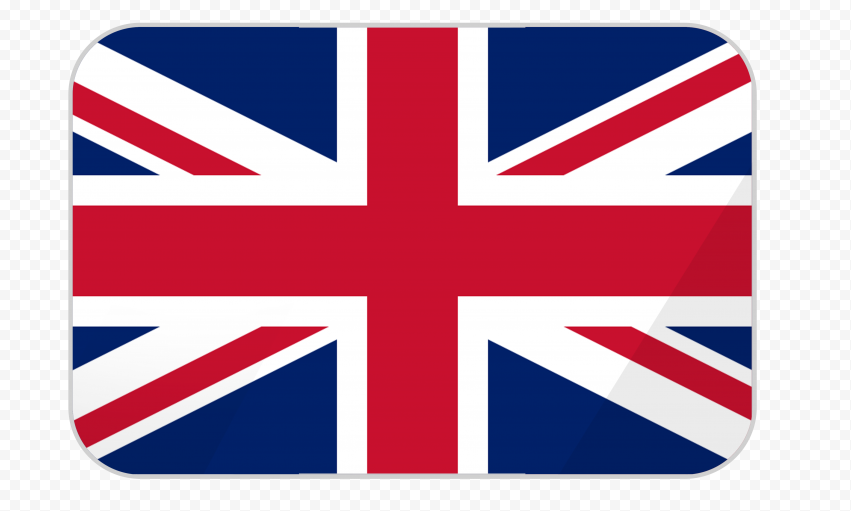 English
English
 Persian
Persian
 Russian
Russian
 Chinese
Chinese


 +7929688-88-14
+7929688-88-14



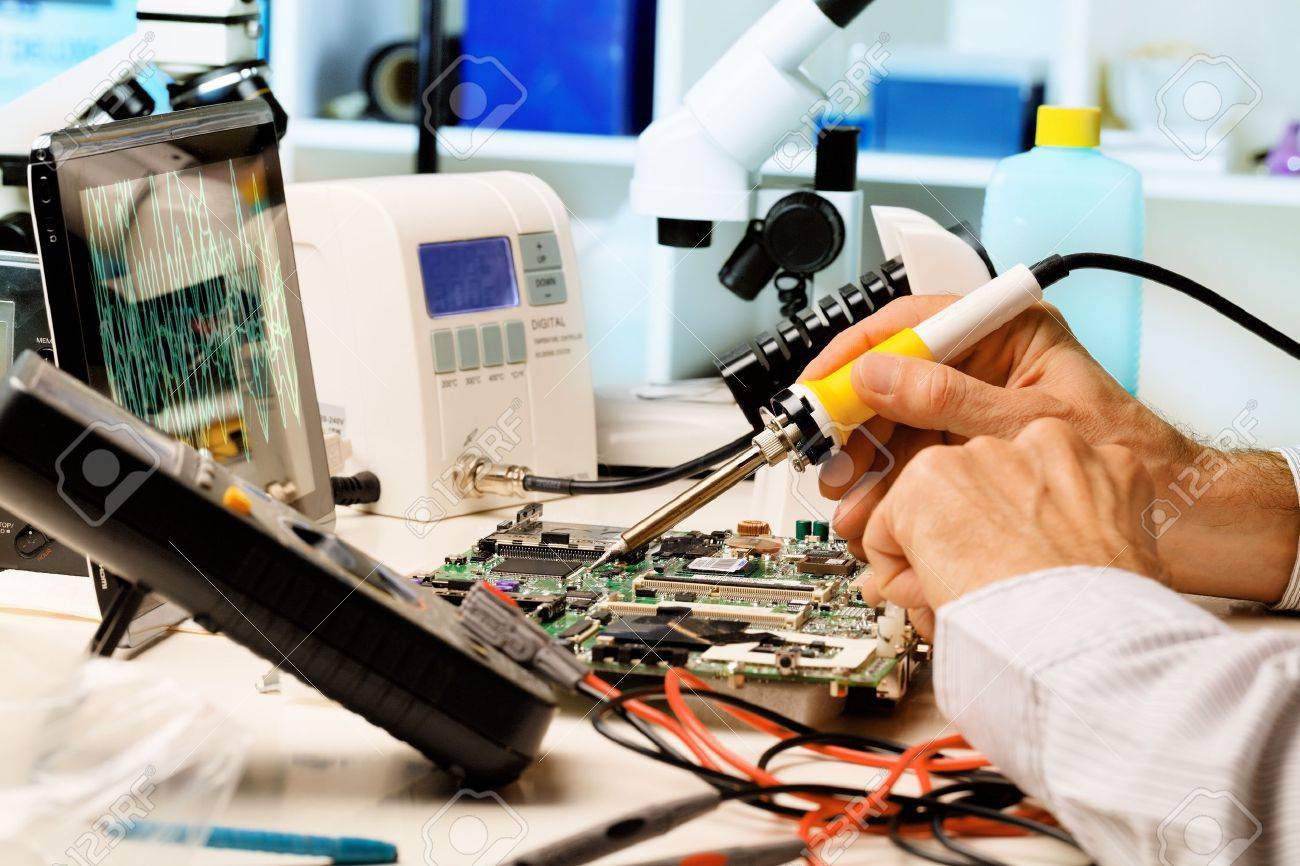
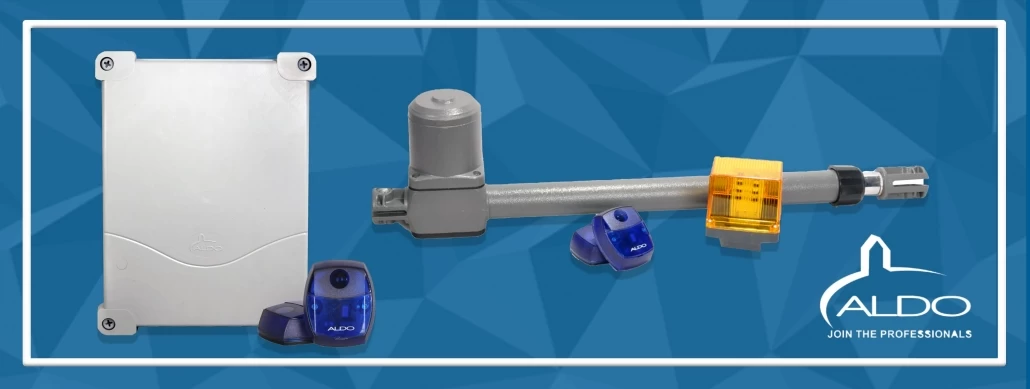
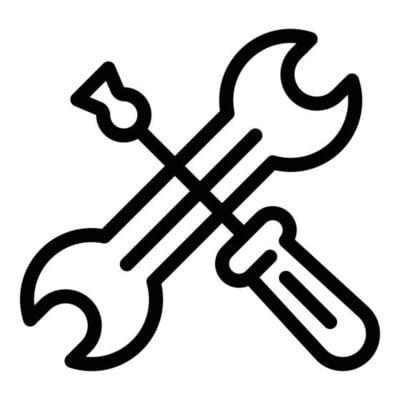
.webp)
